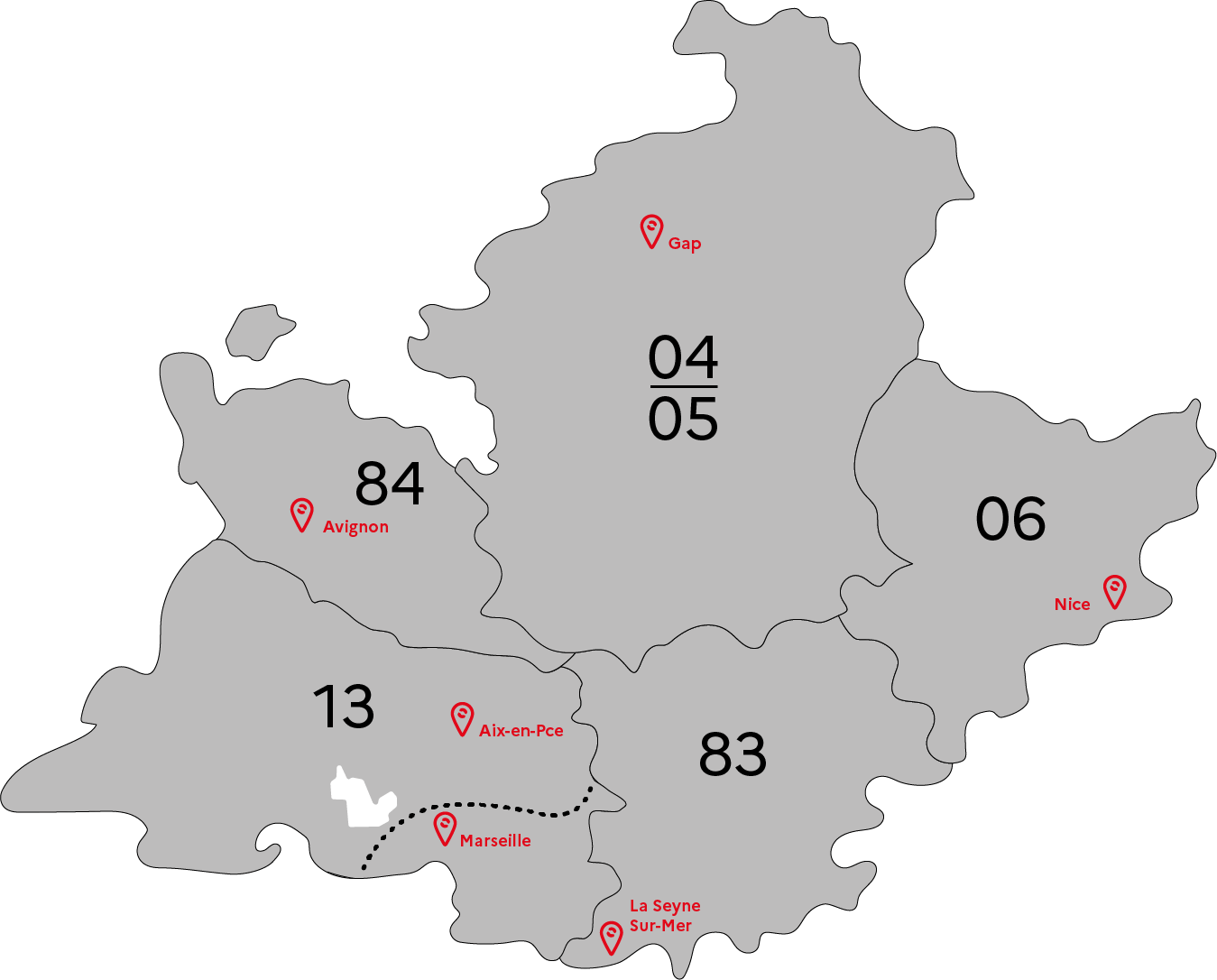- Identify the level of maturity of the customer/prospect's need
- Adapt sales techniques to each customer situation
- Choose from a range of techniques and scenarios, the one best suited to the sales situation.
Adapting your sales approach to the nature of the customer/prospect's needs
- identifying the level of maturity of the need;
- getting to grips with 4 typologies of sales situations;
- adopting the "Agile Selling" reflex.
Creating the need: the concept of "persuasive selling"
- "persuasive selling" situations;
- making the difference from the very first minutes thanks to the "trailer";
- problematising both the benefits and the harms of buying or not buying;
- demonstrating your expertise by drawing on references;
- reassuring by presenting the change, giving the desire for change.
Accelerating the desire to change with the "Creative Selling"
- "Creative Selling" situations;
- bringing out latent needs;
- assessing and quantifying with the customer the negative consequences, present and future, of not buying;
- creating and presenting the appropriate solution;
- accelerating the need to change: the levers;
- uncovering and overcoming irrational reluctance;
Co-constructing the solution with consultative selling
- consultative selling situations;
- helping the customer to express their need: going beyond the explicit need to uncover implicit needs;
- identifying, adapting and personalising the solution already envisaged with the customer;
- helping the customer to make the decision.
Selling your expertise with reactive selling
-reactive selling situations;
- making yourself known to prospects in order to be approached;
-exploring the customer's need in order to fully understand their request;
-selling a differentiating offer with a competitive argument;
-resisting the customer's requests.
interactive workshops: the art of conviction through listening, strengthening your power of persuasion.
Practice in the sales act.
Good oral expression, a taste for discussion and sales.
16 people
Positioning upstream of entry to training.
Interviews, remediation with the educational referent and/or company referent during training.
Taking into account the satisfaction of beneficiaries during and at the end of training.
Possibility of post-training support.
For beneficiaries with disabilities: possible adaptation of training and certification methods, support by the GRETA-CFA TH referent.
EN-certified teachers, Bac +3 trainers with significant experience in adult education, professional lecturers
Possibility of validating one or more skill blocks
Contact us to register for a meeting.
Employment integration
Access for people with disabilities
Accessible to people with disabilitiesSuccess rate: XX%
GRETA-CFA Vaucluse
GRETA-CFA Vaucluse
FORPRO-PACA
Réseau Formation Professionnelle
de l'Éducation nationale
FORPRO-PACA IS HIRING
LINKS
